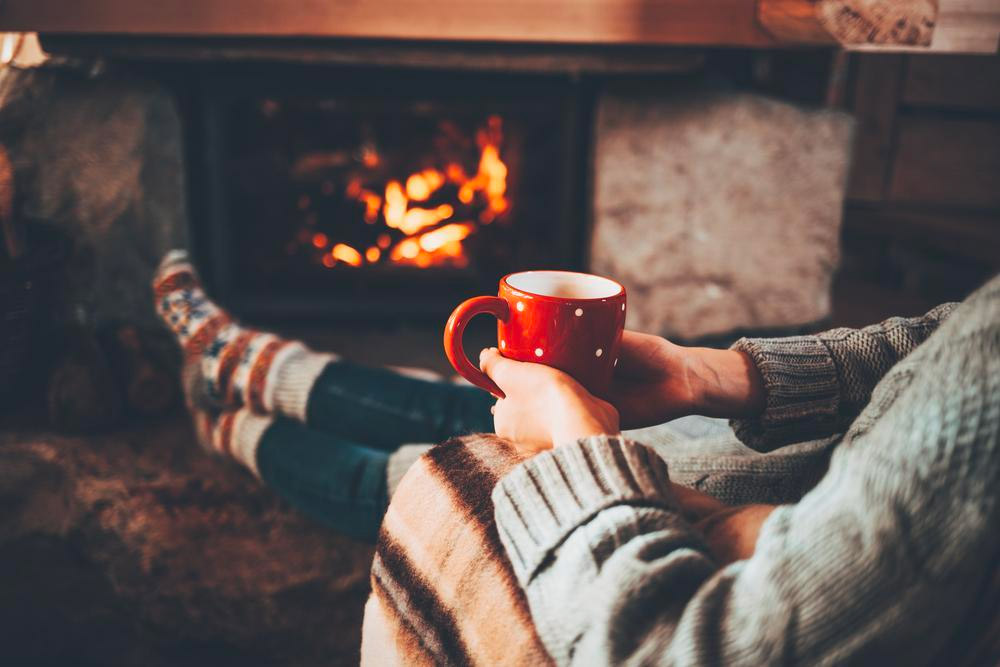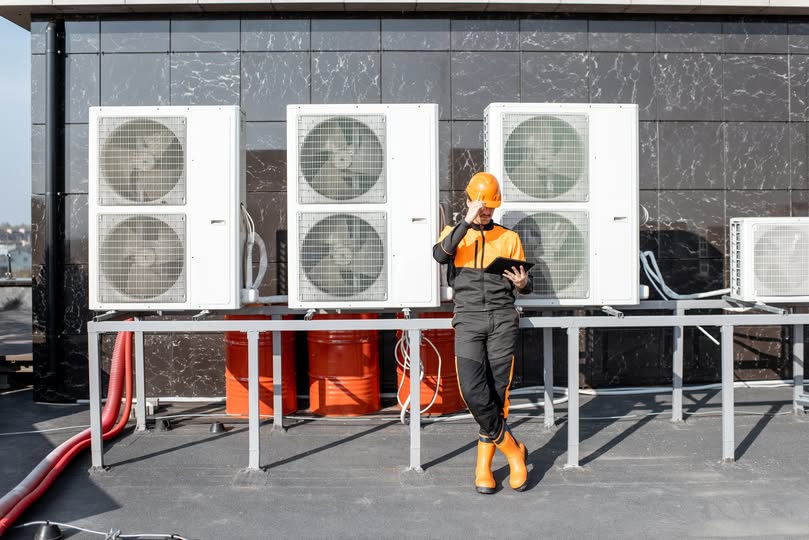Why Is It Important to Winterize the Heating System
If you have a heating system in your house or apartment, it is important to winterize the heating system. For those of you who don't know what that means, when you winterize a Heating system in preparation for the cold weather ahead, it means to drain all the air out of it, disconnect it from any water source, and fill it with antifreeze. This is done to prevent damage to the heating system and. Also, Furnace maintenance is essential in making sure you are safe during the winter season.
10 Steps to Winterizing Your Heating System
1)Drain Water From The System
The first thing you'll want to do is drain all of the water out of your outdoor heating unit. You can use a sump pump or place low spots in the piping to allow water to drain out of the unit.
2)Blow Out The Lines
You will need a water pressure washer and an air compressor for this step. Get your equipment ready, turn on the air compressor first, and start up your water pressure washer. Be very careful when doing this, though, as you don't want to damage your unit. In particular, you'll want to focus on the outdoor compressor and ensure that there isn't any water trapped in it or around it. If necessary, use a towel to dry out the area.
3)Inspect Indoor Unit
For this step to be practical, you will need a flashlight and a ladder. Once you have gathered these items, climb up on your roof or go through your crawl space if necessary and scrutinize your indoor unit for any signs of rust or corrosion. If you do notice any corrosion, make sure to clean it off with a wire brush before continuing onto step 4.
4)Cleaning And Painting
You will need sand, paint thinner, primer, and paint for this step. Sand off any rust that you find on the unit and clean it with a wire brush or a cloth if necessary. Once the area is clean, put a primer and paint over them to not return due to moisture.
5)Inspect The Drip Pans
To do this step, you'll need to go through your crawl space again or climb back up on top of your roof to inspect your drip pans once more. Grab a screwdriver and tighten all loose screws, as well as ensure that they are correctly attached.
6)Prepare The Service Lines
First, shut off power from entering the system at the circuit breaker box before starting this step. Next, use a blowgun to test the lines and make sure that they are clear of any debris. Once you have done this, drain out all of your water lines and remove any dirt or rust in them.
7)Close All The Valves
You will need a wrench for this step, so be sure to get one before starting. Once you have gathered these items, go ahead and close all valves on your system, ensuring they are tightly closed when finished.
8)Draining Outdoor Unit
You will need a hose to drain it, such as an outside spigot, to complete this step. If necessary, use the ladder again to access the outdoor unit and attach the hose to the lowest point where water is coming out underneath. Turn on the spigot and allow all of the water to drain out. With a garden hose, you will also want to spray into the unit itself for about five minutes or so.
9)Check Fluid Levels
If you have an oil Heating system, you must check your fluid levels before continuing onto step 10. To do this, go outside and unscrew the access cap from your oil tank and ensure that your oil levels are where they need to be. If not, top them off with more oil and continue onto step 10 if necessary.
10)Clear The Drip Pans Again
Use a screwdriver and tighten any screws on your drip pans that might be loose. It is essential to do this step because loose screws can cause corrosion, which will lead to an early breakdown of your unit the next time it is used in winter.
Call us today to schedule an appointment at A-Plus Quality to winterize your heating system properly.



